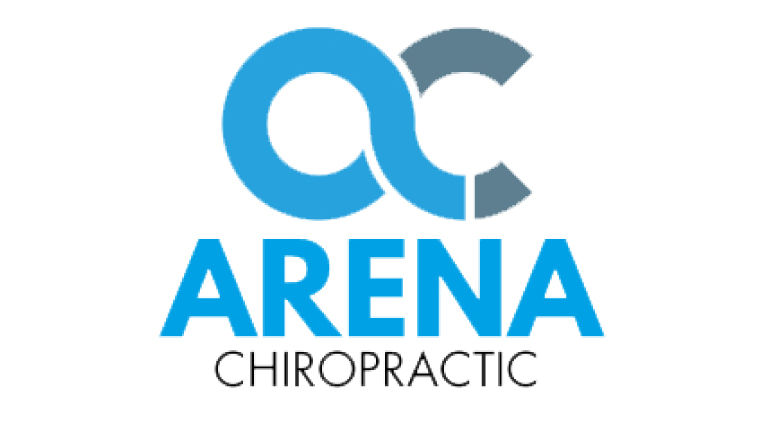Did you know that your spinal column’s spongy intervertebral discs (IVDs) comprise 25% of this segmented structure’s entire length? Did you know that an adult’s spinal column is approximately 24-28 inches in length? A little quick math shows that the total height of your spinal discs is approximately between 6 and 7 inches. But most of us don’t get to enjoy the maximum height, springiness, or shock-absorbing capabilities of our spinal IVDs.
Why is that? Another fact known to anatomy students is that IVDs begin losing their total water content at the early age of 2. If you’re a young adult, that water-losing process has been going on for 20 years. If you’re older, tack on a couple of decades. But this is a natural process. Whether we like it or not, our body parts are not built to last forever. They are designed to keep us healthy and fit for about 150 years (another little known fact). What’s not natural is the sedentary lifestyle associated with living in an economy driven largely by the service sector.
Until very recently (75 years ago or so), most adults worked at jobs which required physical labor. Employment in agriculture and industry required actual work using one’s body. Those jobs had a built-in exercise component, all day, every day. In contrast, 21st century jobs require a lot of sitting. For many jobs, workers are sitting all day, every day. When you’re sitting or standing in an unchanging position, the relentless force of gravity bears down on your spine at a steady, never-changing rate of 32 ft/s2. The long-term result on one’s spinal column is compression. Natural water-losing forces are unopposed and your spinal discs just keep getting thinner.
We need to reverse these trends. We need to find ways to pump our discs back up. We want to regain the health of our spinal discs, regain lost stature, and be able to stand up tall, achieving our full physiological height. We need to identify and engage in decompressive activities, activities that will restore fluids to our IVDs.
Fortunately, a highly decompressive set of activities is readily available and has been in use for thousands of years. Yoga is a system of exercises that provides a broad range of health benefits including spinal decompression.1,2,3 In fact, done correctly, all yoga exercises (known as postures, poses, and asanas) result in spinal lengthening. The key is to make the yoga posture active, constantly engaging, working, and lengthening your core muscles while you’re doing the pose.
Regular yoga classes (even once a week may be sufficient) will lead to noticeable benefits, including a sense of being taller. The spinal decompression obtained through regular yoga practice will help increase your flexibility, balance, and coordination. Yoga can be done at home. The only equipment needed is a rubber mat. The long-term payoff is big, in more ways than one.
1Jeng CM, et al: Yoga and disc degenerative disease in cervical and lumbar spine: an MR imaging-based case control study. Eur J Spine 20(3):408-413, 2011
2Williams K, et al: Evaluation of the effectiveness and efficacy of Iyengar yoga therapy on chronic low back pain. Spine 34(19):2066-2076, 2009
3Goncalves LC, et al: Flexibility, functional autonomy and quality of life (QoL) in elderly yoga practitioners. Arch Gerontol Geriatr 53(2):158-162, 2011




